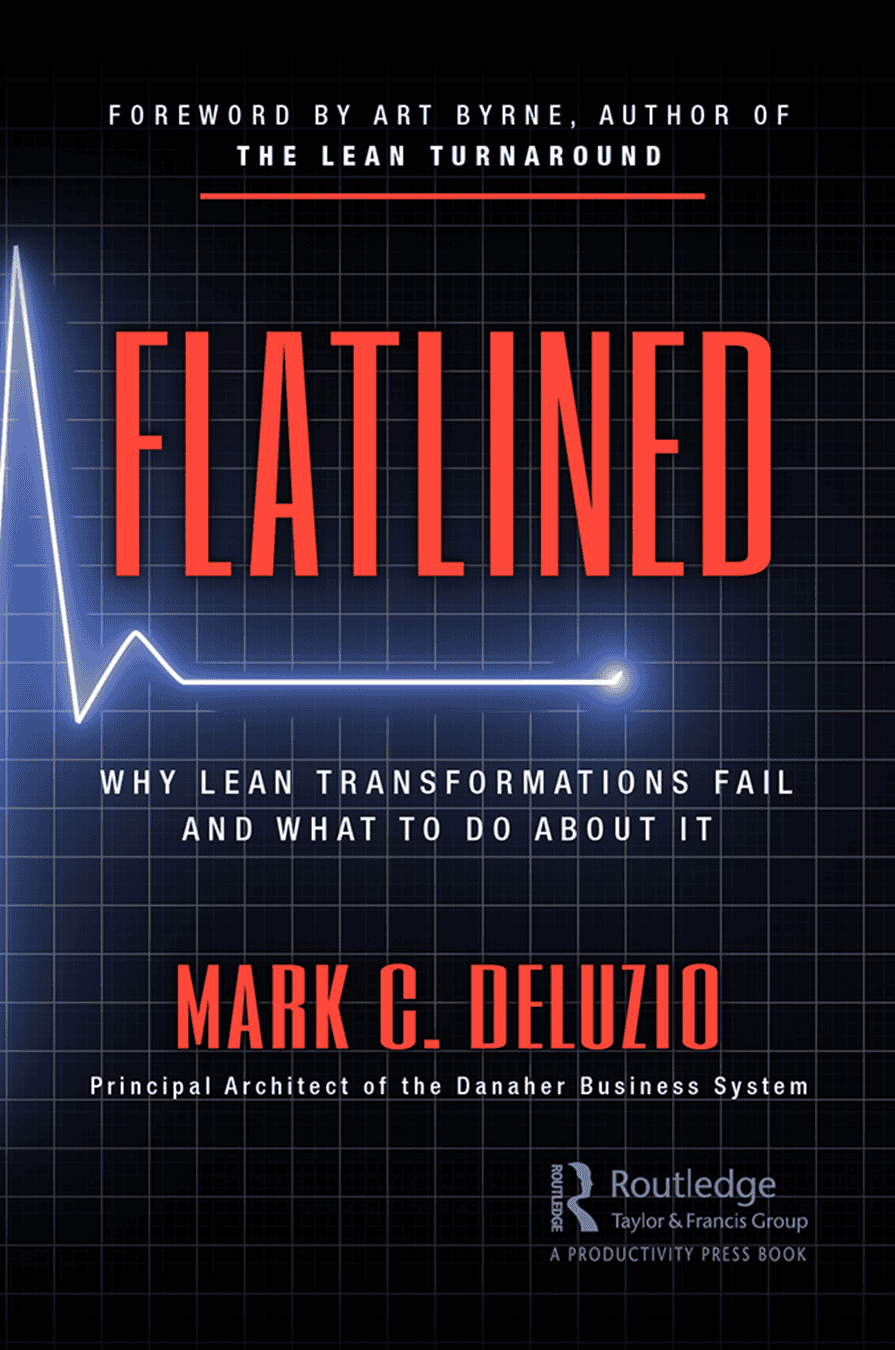Lean and Six Sigma have now matured as the premier continuous improvement tools in today’s business environment. But there is still much confusion over which is the best tool to use and when. Some companies declare themselves staunch six sigma advocates and some are...
Lean Horizon Consulting
problem solving
What Should we do First, Lean or Six Sigma?
I continue to be asked: “what should we do first, Lean or Six Sigma?” Here is our position on this subject: Six Sigma is a problem solving tool. Problem Solving is a subset of Lean (which is comprised of many tools), and it makes no sense to build a culture around a...

Flatlined: Why Lean Transformations Fail and What to do About It
